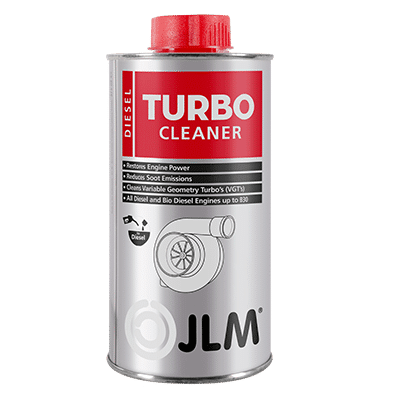The unique combination of cerium and platinum in JLM’s DPF Cleaner fuel additive (PN J02210, J02215) represents a powerful synergy aimed at optimizing the regeneration process of Diesel Particulate Filters (DPFs) in diesel engines. Each element plays a unique role in catalyzing chemical reactions within the DPF, ultimately leading to more efficient combustion of soot particles and improved filter performance. Let’s delve into how this combination works and compare its effectiveness to additives containing iron or cerium alone.
Cerium and Platinum: A Dynamic Duo
1. Cerium (CeO2): Cerium oxide is a versatile catalyst commonly used in fuel additives for DPF regeneration. It possesses excellent oxygen storage and release properties, allowing it to facilitate the oxidation of soot particles at lower temperatures. Cerium acts as a promoter, accelerating the combustion of trapped soot within the DPF during regeneration cycles.
2. Platinum (Pt): Platinum is a precious metal with remarkable catalytic activity, particularly in promoting the oxidation of hydrocarbons and carbon monoxide. When combined with cerium, platinum enhances the overall effectiveness of the catalyst system by further lowering the ignition temperature of soot particles and improving their combustion efficiency.
How Cerium and Platinum Perform:
1. Soot Combustion: The combination of cerium and platinum in a fuel additive enhances the combustion of soot particles within the DPF. Cerium facilitates the initial oxidation of soot at lower temperatures, while platinum provides additional catalytic activity, ensuring thorough combustion across a broader temperature range. This synergistic effect results in more complete soot removal and reduced DPF blockages.
2. Ash Reduction: In addition to promoting soot combustion, cerium and platinum additives can also help minimize ash accumulation within the DPF. By facilitating the conversion of ash into less harmful forms during regeneration, these additives contribute to maintaining DPF efficiency and prolonging its lifespan.

Comparison with Iron or Cerium Alone:
1. Iron-Based Additives: Iron-based catalysts are effective in promoting soot combustion and reducing DPF blockages. However, they may require higher temperatures for activation compared to cerium-based catalysts. In fact, overdosing of iron-based (Ferrocene) additives could possibly result in thermal events causing damage beyond repair. Also, use of Iron causes additional ash build-up in the DPF. The addition of platinum to cerium-based additives further enhances their catalytic activity, particularly at lower temperatures, improving overall performance.
2. Cerium Alone: Cerium-based additives are widely used for DPF regeneration due to their excellent oxygen storage and release properties. While cerium alone is highly effective in promoting soot combustion, the addition of platinum amplifies its catalytic activity, leading to more efficient regeneration and superior DPF performance.

Conclusion: The combination of cerium and platinum in the JLM Diesel Particulate Filter Cleaner fuel additive represents a cutting-edge solution to the challenge of DPF regeneration in diesel engines. By leveraging the unique catalytic properties of each element, this additive facilitates more thorough soot combustion, reduce DPF blockages, and enhance overall engine performance. Compared to additives containing iron or cerium alone, the JLM Diesel Particulate Filter Cleaner containing cerium-platinum combination offers superior catalytic activity, particularly at lower temperatures, making it a highly effective and safe option for maintaining clean and efficient diesel emissions systems.

